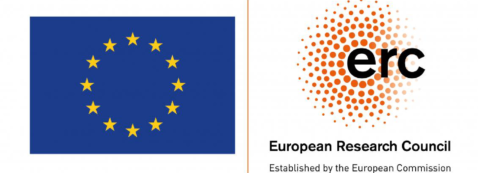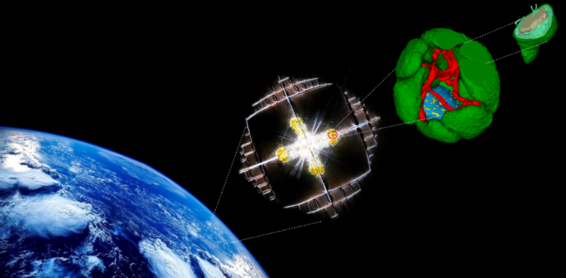

Summary of the SymbiOCEAN project (ERC consolidator)
Single-celled marine plankton, that sustain oceanic food webs and strongly impact the global carbon cycle, can establish various kinds of symbioses to gain energy. Plastid symbiosis, whereby host cells temporarily integrate microalgal cells (photosymbiosis) or just their photosynthetic plastids (kleptoplastidy) as intracellular solar powered carbon factories, is a key interaction in worldwide surface oceans. Plastid symbiosis was at the origin of a major evolutionary innovation that spread photosynthesis across eukaryotes, transforming the biosphere. Despite this ecological and evolutionary importance, very little is known about how a photosynthetic machinery is structurally and metabolically integrated into a host cell and what mechanisms allow cells to transport sugars, the main photosynthetic product and energetic currency. The central concept of SymbiOcean is that plastid symbiosis forms a metabolic unit where the source (engulfed microalgae/plastid) is metabolically engineered by the sink (host) to produce and transfer carbon energy. Working with original non-model symbiotic systems, we will develop novel imaging and genetic tools to mechanistically dissect this key metabolic interaction at different scales. Combining multimodal subcellular imaging and photophysiology, we will first unveil how the photosynthetic machinery is morphologically and metabolically remodeled in symbiosis to provide benefits to the host. I will then investigate the identity, localization and role of sugar transporters underlying the source-sink carbon flux in plastid symbiosis, providing the basis to evaluate the evolutionary and environmental forces that shape the metabolic connection. Crossing boundaries between structural biology, eco-physiology and evolution, this ambitious project will resolve fundamental mechanisms in widespread planktonic symbioses, advancing our understanding of the functioning and carbon flux of marine ecosystems.
